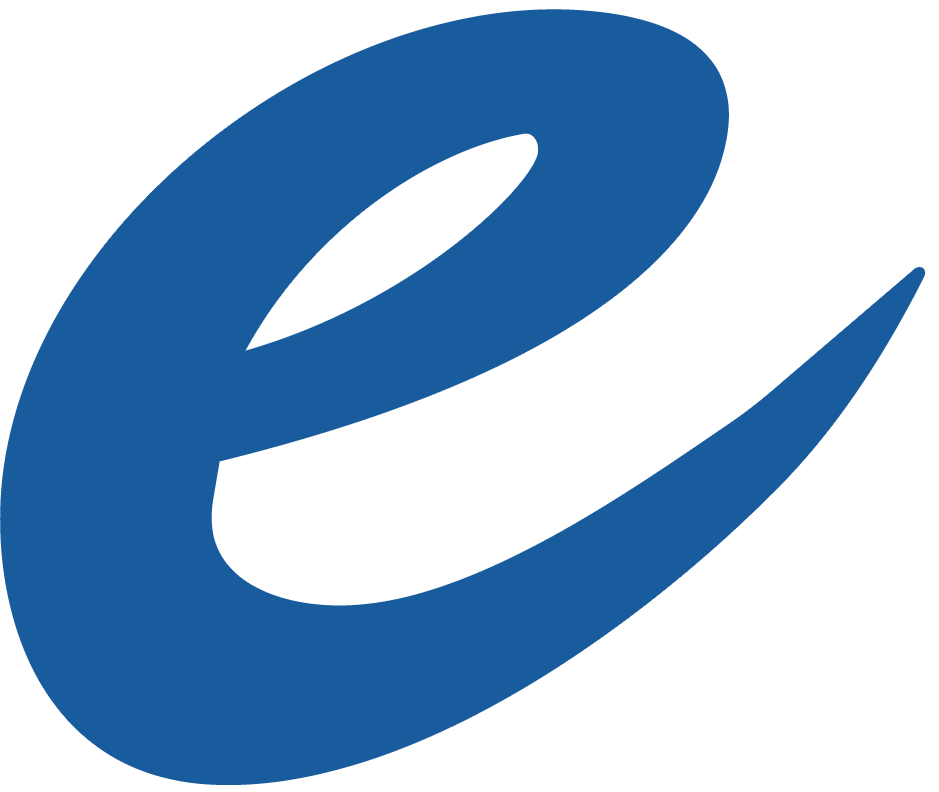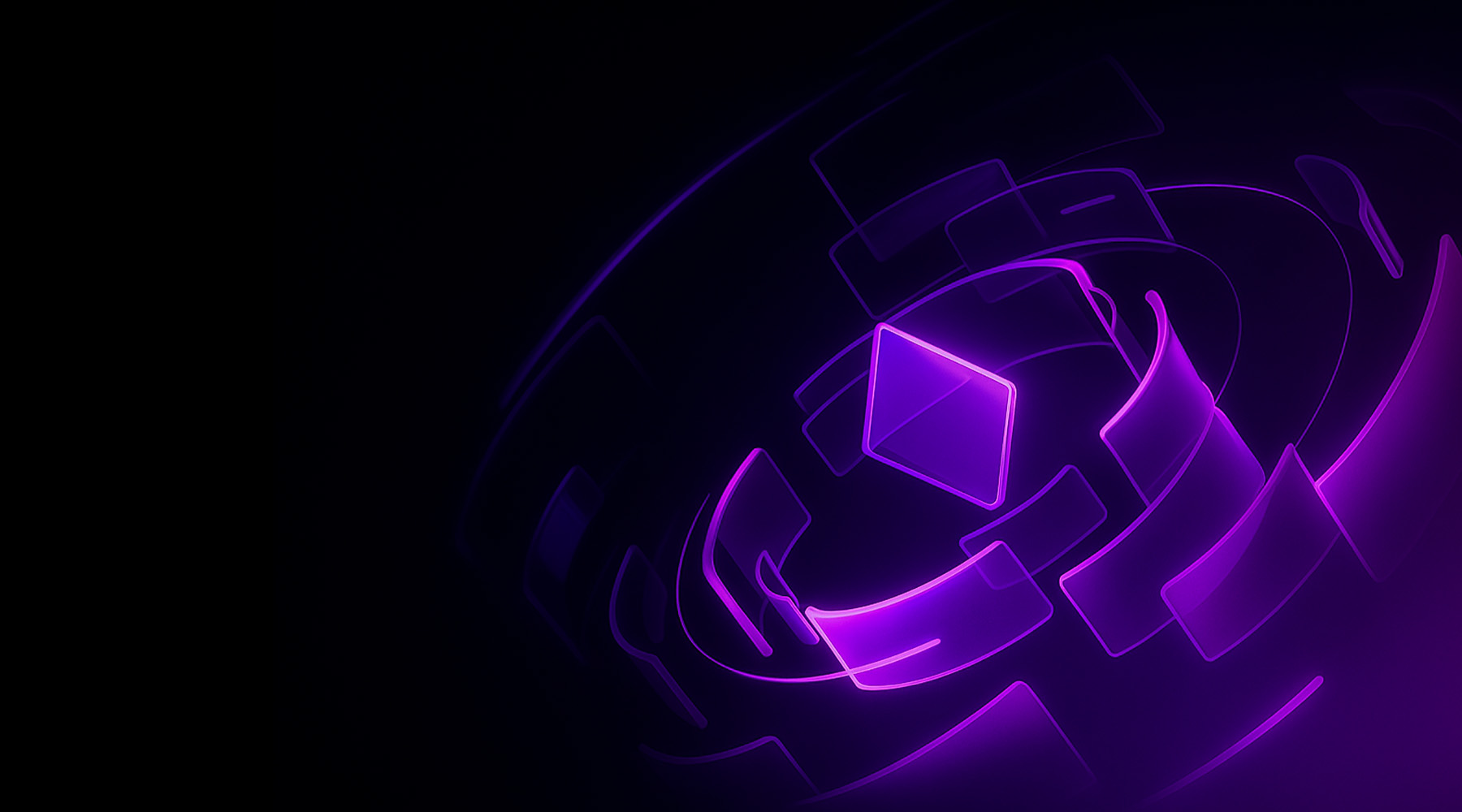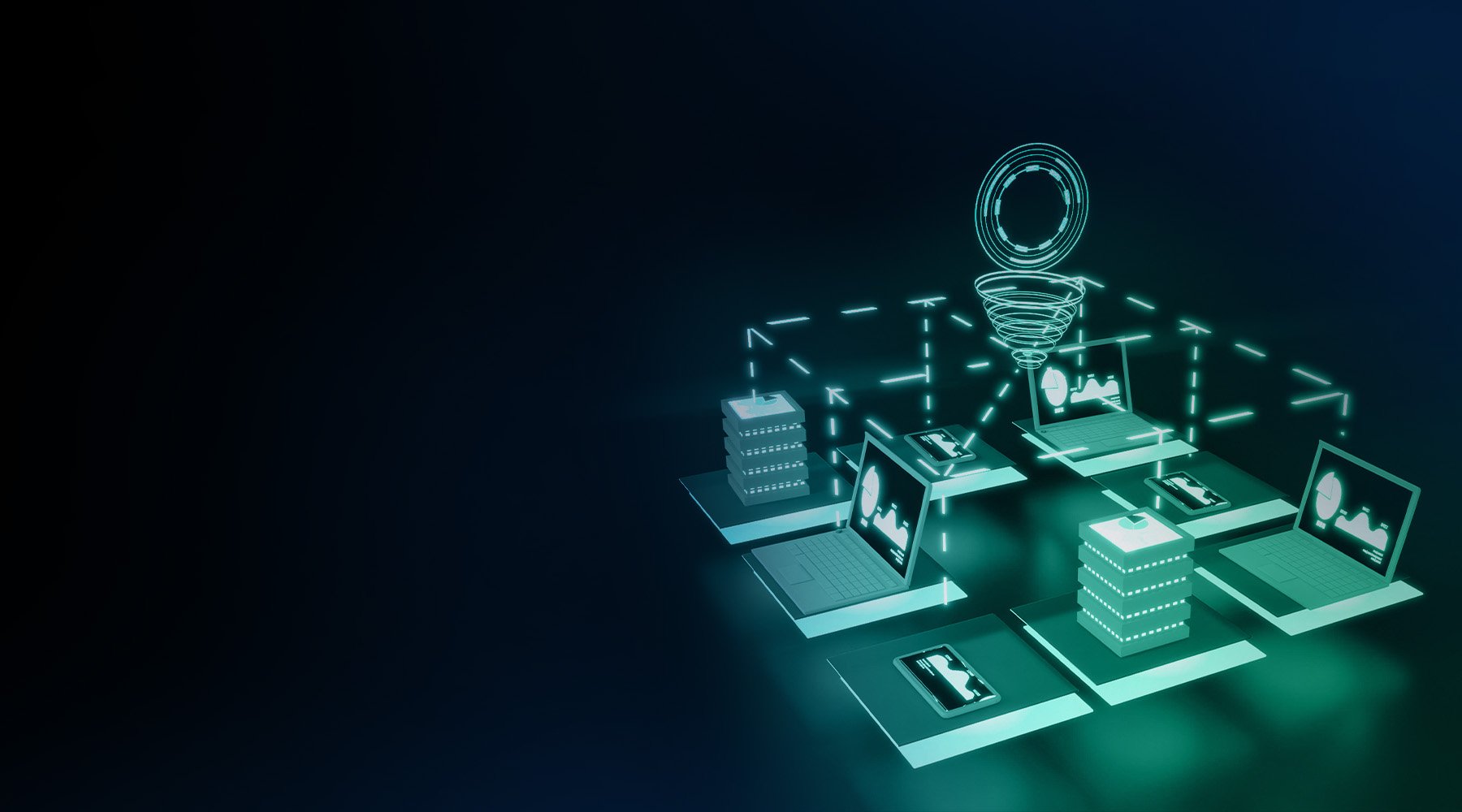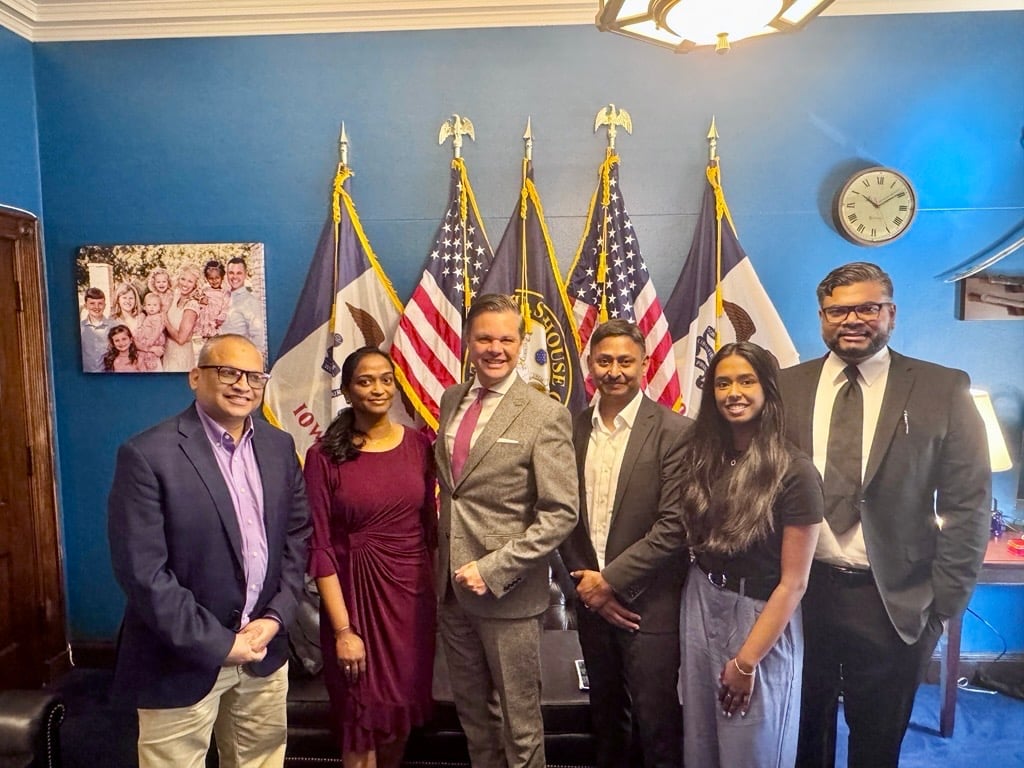The rapid shift to cloud computing has revolutionized data management, enabling businesses to scale, innovate, and access resources globally. However, with this expansion, robust security becomes a paramount concern, as organizations strive to safeguard data and systems against evolving cyber threats. Cloud computing security architecture—a layered framework of controls, policies, and technologies—provides this necessary protection, fortifying cloud environments against vulnerabilities.
In this guide, we’ll explore the essential components of cloud security architecture, the best practices for strengthening it, and how ePathUSA’s expertise in cloud security services ensures robust, reliable, and adaptable security solutions.
What is Cloud Security Architecture?
Cloud security architecture is a strategic design framework that addresses security needs across the cloud environment. By integrating a suite of identity, network, data protection, compliance, and monitoring tools, it fortifies data, applications, and infrastructure against unauthorized access and malicious activity.
With each layer serving a distinct purpose, cloud security architecture builds a holistic defense, creating a seamless yet secure experience for organizations and users alike.
Key Components of Cloud Security Architecture
- Identity and Access Management (IAM):
IAM ensures that only authorized users have access to specific cloud resources. Multi-factor authentication (MFA), role-based access control (RBAC), and robust identity provisioning play a crucial role in minimizing unauthorized access and limiting the risk of breaches. - Network Security:
Virtual networks in the cloud rely on virtual firewalls, VPNs, and encryption protocols to protect data in transit. Implementing tools like Virtual Private Clouds (VPCs) and network access control lists (ACLs) helps segment networks and restrict traffic, ensuring a secure boundary around sensitive resources. - Data Security and Encryption:
Securing data—whether at rest or in transit—is essential to cloud security. Strong encryption practices and key management services (KMS) protect data confidentiality, ensuring sensitive information remains secure even in case of a breach. - Compliance and Regulatory Requirements:
Industry regulations such as GDPR, HIPAA, and PCI-DSS demand strict data protection practices. Cloud security architecture integrates policies that ensure regulatory compliance, providing structure for audits, assessments, and risk mitigation. - Security Monitoring and Incident Response:
Real-time monitoring through security information and event management (SIEM), intrusion detection systems (IDPS), and logging tools provides a continual view into the cloud environment. These tools allow organizations to detect, analyze, and respond to incidents, significantly reducing potential impact. - Application Security:
Cloud-deployed applications are susceptible to vulnerabilities. By implementing application firewalls, code scanning, and runtime protection, businesses can shield applications from threats like SQL injections and cross-site scripting (XSS).
Best Practices for a Robust Cloud Security Architecture
- Implement a Zero Trust Model:
A Zero Trust approach assumes every access request is potentially hostile. By enforcing strict verification for every user and device, organizations can mitigate unauthorized access and lateral movement within the cloud. - Automate Security Operations:
Automation enhances consistency and response speed for security tasks, such as incident detection, compliance monitoring, and vulnerability management, freeing up teams to focus on strategic security initiatives. - Regular Updates and Patch Management:
Cyber attackers frequently exploit outdated systems. Regularly updating and patching software, firmware, and applications within the cloud environment help reduce vulnerabilities. - Employ Data Loss Prevention (DLP) Measures:
DLP tools monitor and protect sensitive data, controlling who can share or access it. This approach is especially important for organizations handling confidential financial or healthcare information. - Routine Audits and Penetration Testing:
Regular audits and penetration tests reveal weaknesses in security architecture, providing an opportunity to reinforce defenses proactively. - Employee Training and Awareness:
Since human error is one of the top causes of breaches, training employees on security protocols, phishing awareness, and safe data handling can drastically reduce accidental data exposure.
Challenges in Cloud Security Architecture
- Hybrid and Multi-Cloud Complexity:
Many organizations operate in hybrid or multi-cloud settings, each with unique security demands. Managing these environments requires cohesive integration across cloud platforms. - Shared Responsibility Model:
Cloud security is a shared responsibility between the cloud provider and the customer. While providers manage the infrastructure, organizations are accountable for securing data, applications, and user access within the cloud environment. - Rapidly Evolving Threat Landscape:
New threats constantly emerge in the cloud, from sophisticated malware to AI-driven attacks. Effective security requires vigilance and an adaptable strategy to keep pace with changing risks.
How ePathUSA Can Help Secure Your Cloud Environment
ePathUSA is a trusted partner for organizations seeking expert cloud security solutions. We understand the intricacies of cloud environments and offer customized security architecture services to address the unique challenges and requirements of each client. Here’s how ePathUSA helps safeguard your cloud assets:
- Comprehensive IAM Solutions:
Our team implements robust IAM protocols, including multi-factor authentication, RBAC, and identity provisioning. These measures help ensure that only verified users have access to your data and resources. - Advanced Network Security and Segmentation:
We design secure network architectures that include VPCs, ACLs, and encrypted communication channels, isolating and protecting your sensitive resources. - Data Encryption and Key Management:
ePathUSA enforces strong encryption standards for data at rest and in transit, managing encryption keys through advanced key management solutions to ensure data remains secure at all times. - Regulatory Compliance Expertise:
Our compliance experts ensure that your cloud environment aligns with industry regulations such as GDPR, HIPAA, and PCI-DSS. We help establish a secure and compliant framework, making audits and risk assessments seamless. - Real-Time Monitoring and Automated Incident Response:
Through continuous monitoring, real-time alerts, and automated response systems, ePathUSA provides around-the-clock protection. Our use of SIEM and IDPS solutions enables quick threat detection and response to minimize potential risks. - Secure Application Development and Testing:
We employ advanced application security protocols, including code review, vulnerability scanning, and firewall protection, to prevent breaches at the application level. - Scalable Solutions for Hybrid and Multi-Cloud Environments:
ePathUSA’s cloud security services support both hybrid and multi-cloud environments, ensuring consistent security protocols across platforms and enabling seamless integration. - Security Awareness Training Programs:
We offer security training for your teams to foster a culture of vigilance and preparedness, helping to reduce risks stemming from human error.
Conclusion: Build a Resilient Cloud Security Framework with ePathUSA
Effective cloud security architecture is the foundation of safe, resilient cloud operations. It enables businesses to embrace the full potential of cloud computing while safeguarding data and systems. By implementing a comprehensive, multi-layered security strategy, organizations can reduce risk, comply with regulations, and respond to emerging threats swiftly.
Partnering with ePathUSA ensures that your cloud security architecture is built on solid expertise and industry best practices. With our extensive experience and tailored solutions, ePathUSA is equipped to help you protect your data, scale securely, and focus on growth. Reach out to ePathUSA to discuss how we can build a robust, customized cloud security framework that meets your unique business needs.
















